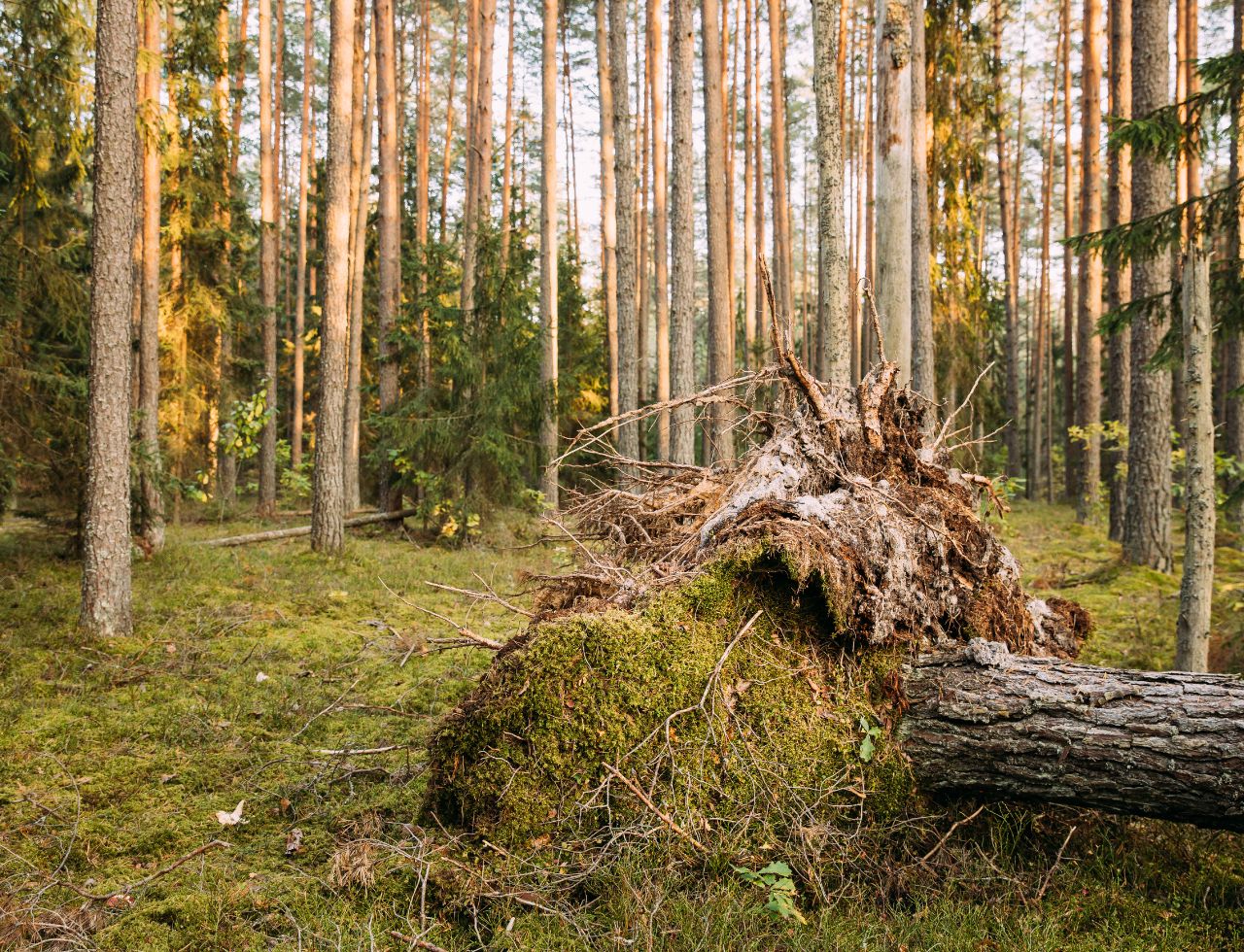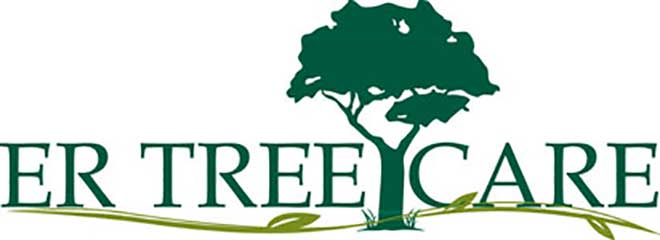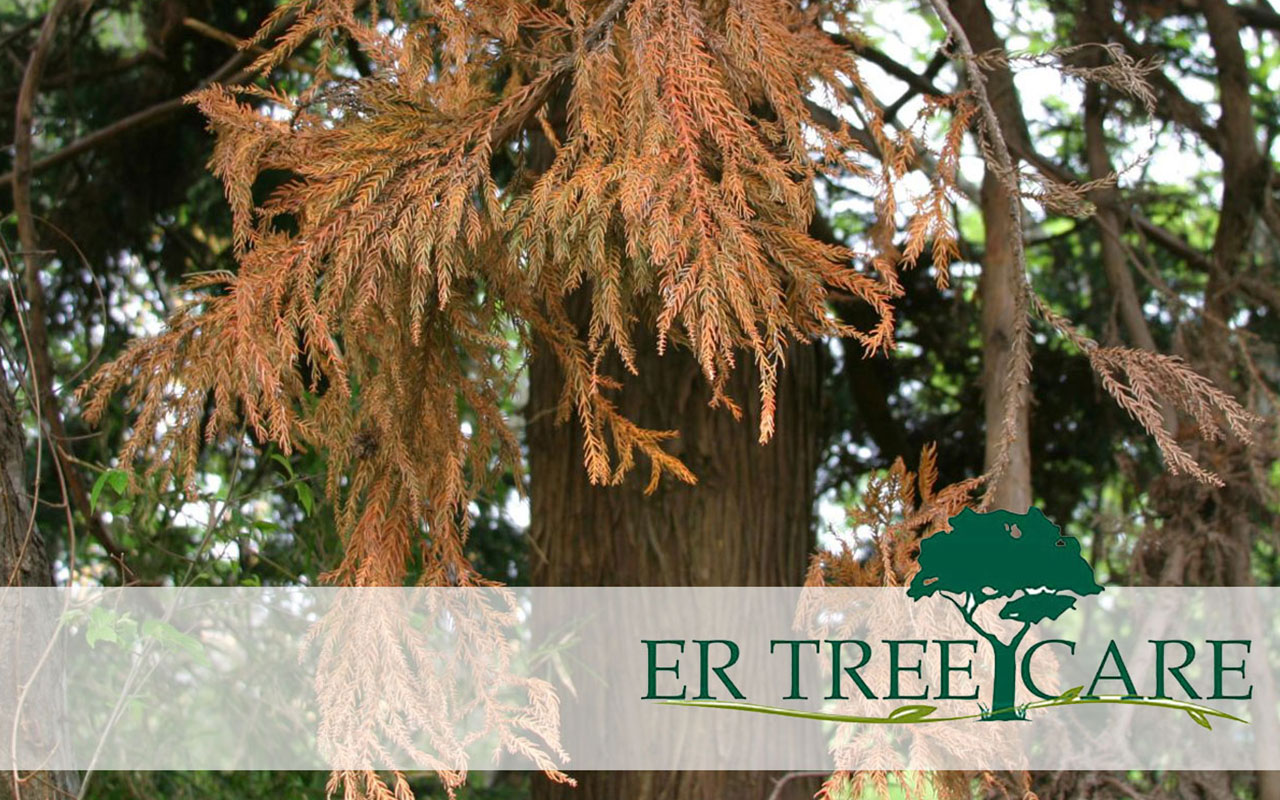How to Tell If a Tree Is Dying: Signs You Shouldn’t Ignore
Trees add beauty and shade to your yard, but they don’t last forever. Knowing how to tell if a tree is dying is important for safety and property value. A dying tree can fall unexpectedly, causing damage or injury. By spotting the warning signs early, you can take action before it’s too late. In this guide, you’ll learn how to identify a dying tree, understand common tree diseases, and decide when removal is necessary.
Is Your Tree Dying? Here’s How to Tell
Warning Signs Your Tree Might Be in Trouble
A healthy tree has strong branches, vibrant leaves, and firm bark. If you notice any of these signs, your tree could be in distress:
- Brittle or Dead Branches – If branches snap easily, the tree may be dying.
- Peeling or Cracked Bark – Bark protects the tree. If it’s falling off, the tree might be in trouble.
- Sparse or Discolored Leaves – If leaves fall too early or look sickly, something could be wrong.
- Fungal Growth – Mushrooms growing at the base suggest internal decay.
- Leaning or Unstable Trunk – A sudden lean could mean the roots are weak or damaged.
Ignoring these signs can lead to bigger problems. A weak tree can become dangerous, especially in strong winds or storms.
Tree Health Assessment – What to Check
If you think your tree might be dying, do a tree health assessment:
- Scratch Test – Gently scratch a small section of bark. Green means it’s alive. Brown could mean trouble.
- Trunk Integrity – Look for deep cracks or hollow spots. These weaken the tree.
- Root Health – Exposed roots or heaving soil can mean the tree is unstable.
A quick assessment can help you decide if you need professional help. Catching problems early can sometimes save a tree.
Common Tree Diseases That Lead to Decline
Pine Tree Diseases to Watch For
Pine trees are common in Louisville, but they can develop serious diseases. Some of the most common include:
- Needle Blight – Needles turn brown and drop too soon.
- Root Rot – A fungal infection that weakens the tree from the ground up.
- Pine Wilt – This disease stops water from moving inside the tree, causing rapid decline.
These conditions spread fast. If you notice symptoms, act quickly to prevent further damage.
Birch Tree Diseases and Their Warning Signs
Birch trees are beautiful but vulnerable to disease. Watch for these warning signs:
- Bronze Birch Borer – Tiny holes in the bark mean an insect infestation.
- Leaf Spot Diseases – Brown or black spots on leaves signal infection.
- Root Rot – If the tree leans or loses branches, the roots could be failing.
Once the disease spreads too far, the tree may not recover. Identifying problems early is the best way to protect your landscape.
When to Cut Down a Tree – Knowing When It’s Time
Some trees can be saved, but others must be removed. Here’s when you should cut down a tree:
- More than 50% of the tree is dead – Recovery is unlikely at this stage.
- It poses a safety hazard – Leaning trees near homes or power lines are dangerous.
- It has severe trunk damage – Large cracks or hollow spots weaken its structure.
- It’s infected beyond saving – Some diseases spread quickly, making removal the only option.
Waiting too long can increase risks. Dead trees fall easily, especially during storms.
How to Remove a Dead Tree Safely

If a tree is beyond saving, proper removal is necessary. Here’s what to expect:
- Professional Assessment – An arborist will determine the safest way to remove it.
- Equipment Used – Cranes, chainsaws, and stump grinders may be needed.
- Stump Removal – Leaving a stump can attract pests and cause regrowth issues.
Tree removal is not a DIY job. Hiring professionals ensures safety and prevents property damage.
FAQs | How to Tell If a Tree Is Dying
Can a dying tree be saved?
Yes, if the issue is caught early. Pruning, fertilization, and disease treatments can sometimes restore health.
How much does it cost to remove a dead tree?
Costs depend on the size, location, and condition of the tree. A professional assessment can provide an estimate.
Can I cut down a dead tree myself?
It’s risky. Tree removal requires proper equipment and expertise to prevent accidents.
What happens if I don’t remove a dead tree?
Dead trees weaken over time. Eventually, they fall, damaging property and endangering people.
Don’t Wait – Protect Your Property Today
Knowing how to tell if a tree is dying can save you from costly damage and safety risks. If your tree shows signs of disease, decay, or structural issues, don’t ignore it. Taking action now can prevent bigger problems later.
Our experts provide tree health assessments, disease treatments, and safe removal services in Louisville, KY.
Why Choose Us?
- BBB Accredited
- ISA Certified Arborist
- TCIA Member
- Landscaping, tree care, and hardscaping services
Call today for expert tree care in Louisville!



